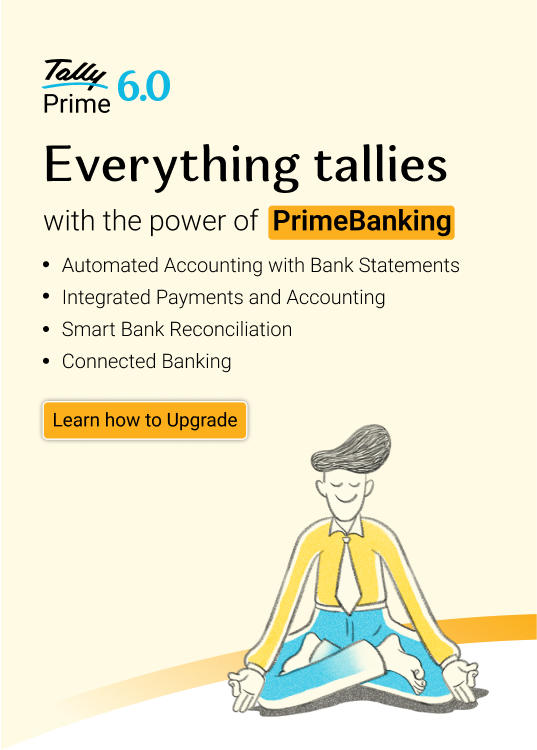Let’s discuss something every business has to deal with but doesn’t always feel confident about: pricing. It seems simple (and maybe this is what you find yourself doing, more often than not): pick a number, stick a tag on, and you’re done, right? Not quite.
Ask any business owner, and they’ll tell you pricing is one of the trickiest parts of running a business. Set it too high, and customers hesitate. Set it too low, and profits disappear. It’s not just about charging more or less. Effective pricing is about knowing when to change your rates, how to offer discounts wisely, and how to stay aligned with customer expectations and market trends.
Today, we will explore how pricing influences customer behaviour, when it makes sense to raise prices, when discounts can be useful, and how to make smart, data-backed pricing decisions that support long-term profitability.
The psychology of pricing
Pricing isn’t just about arbitrary numbers on a price tag; it is about how customers feel when they see that number. What your customers believe about the price can have a huge impact on whether they decide to buy or not. Let us break down a few key things that shape these feelings:
- Perceived value
People often use price as a shortcut to judge quality. If something costs a lot, they assume it must be better. On the other side, if a product is very cheap, customers might wonder if it’s low quality or not trustworthy, even if that’s not true. This means pricing too low can sometimes do more harm than good, because it lowers the value customers give to your product or service.
- Price sensitivity
Not every customer reacts the same way to price changes. Some shoppers are very careful about spending and will jump at the first cheaper option they see. Others care more about convenience, brand loyalty, or the experience they get, and are willing to pay more. Knowing who your customers are and what matters most to them helps you figure out how much room you have to adjust prices without losing business.
- Brand positioning
If your brand is well-known and trusted, you have more freedom to set higher prices. Customers are willing to pay extra because they believe in what your brand stands for; whether it’s quality, reliability, or status. On the other hand, if you are new or competing mainly on price, you might have to keep prices lower until you build that trust.
Pricing isn’t just about the amount. It is about the story that the price tells customers about what they are buying and how they feel about it. When you understand that, you can price in a way that matches your value and builds lasting customer relationships.
When to raise prices
Raising prices can feel like a big step, and honestly, we get it. It is definitely a little scary. No one wants to upset customers or lose sales. But sometimes, raising your prices isn’t just a choice; it’s a necessary move to keep your business healthy and growing.
Here are some common reasons why increasing your prices makes sense:
- Your costs have gone up
Consider everything that goes into making your product or delivering your service, like materials, labour, shipping, rent, and more. If those costs go up, it means you’re spending more to keep things running. Keeping your prices the same while costs rise means your profits decrease, which isn’t sustainable. Raising prices helps cover those extra expenses so your business can continue to operate smoothly.
- You have improved your product or service
Maybe you have added new features, improved the quality, or made your service faster or friendlier. If you are giving your customers more value than before, your prices should reflect that. It is like going from a regular coffee to a premium blend: the better experience often comes with a higher price.
- You are consistently selling out or overbooked
If you are running out of stock all the time or your calendar is fully booked, it’s a clear sign that demand is strong. When something is in high demand, raising prices helps you manage that demand better, with a healthy serving of additional profits on the side. It is a way of making sure you are not leaving money on the table while keeping things balanced.
- Competitors are charging more for similar products
If similar businesses are charging more and you are still priced lower, it might be time to rethink your rates. Being the cheapest isn’t always the best strategy, especially if your product or service quality matches or exceeds theirs. Matching or slightly increasing your price to align with the market shows confidence in your value and helps keep your business competitive.
How to raise prices the right way
Raising prices doesn’t have to scare away your customers, provided you handle it the right way. Here is how to do it smoothly:
- Be transparent. Let your customers know why prices are going up. Whether it is because your costs have increased or you have improved your product, honesty builds trust. People appreciate when you are upfront with them.
- Give notice. Don’t surprise customers with a sudden price jump. Tell them in advance so they have time to adjust and understand the change. This shows respect and helps nurture good relationships.
- Offer added value. Make the price increase feel fair by giving something extra in return. It could be better packaging, faster delivery, improved customer service, or new features. When customers see they’re getting more, they’re more likely to accept the higher price.
When to offer discounts
Discounts can be a great way to increase sales or bring in new customers, but only if you use them wisely. When done right, discounts can create excitement and give your business a boost. But if used too often or without a plan, they can actually hurt your profits and your brand.
Here are some good times to offer discounts:
- Launching a new product: Discounts help get people interested and trying something new.
- Clearing out old stock: If you have products that aren’t selling well or are out of season, a discount can help move them out faster.
- Running seasonal or limited-time promotions: Special occasions like holidays or sales events are perfect chances to offer discounts that create urgency.
- Rewarding loyal customers or encouraging referrals: Giving discounts to repeat buyers or people who bring in new customers can build stronger relationships.
Finding the balance
Getting your pricing right is all about balance. It’s not just about raising prices or giving discounts, it’s about knowing when and how to use both smartly. Here’s how you can find that balance:
- Use data to guide you: Look at your sales numbers, customer feedback, and market trends. This helps you understand how customers react to price changes and when a discount will actually boost sales.
- Test before you change: Instead of jumping into big price increases or discounts, try small changes first. This way, you can see what works without risking too much.
- Don’t rely too much on discounts: Giving discounts all the time can make customers expect deals and wait to buy only when prices drop. This can hurt your profits and make your product seem less valuable.
- Focus on value, not just price: Show your customers why your product is worth the price. Highlight what makes it better or special. When customers see real value, they’re more willing to pay a fair price.
Pricing is a powerful business tool, not just a tag number. It shapes how customers see your product and decides how profitable your business is. Regularly reviewing your pricing strategy helps you stay competitive and profitable. Always keep an eye on market conditions, customer expectations, and your costs. With the right approach, pricing can help your business grow sustainably and confidently.














